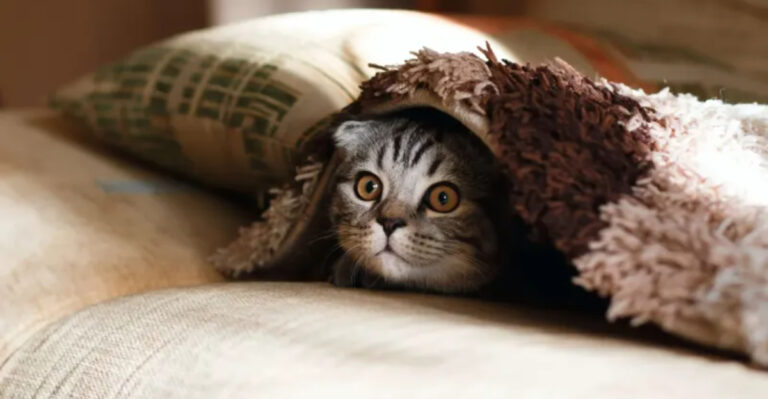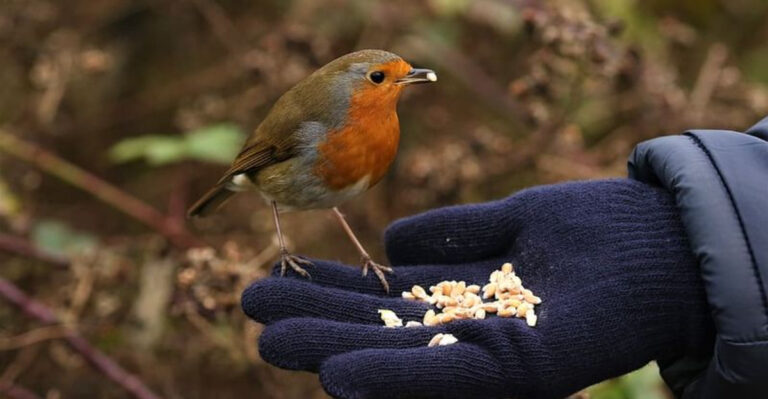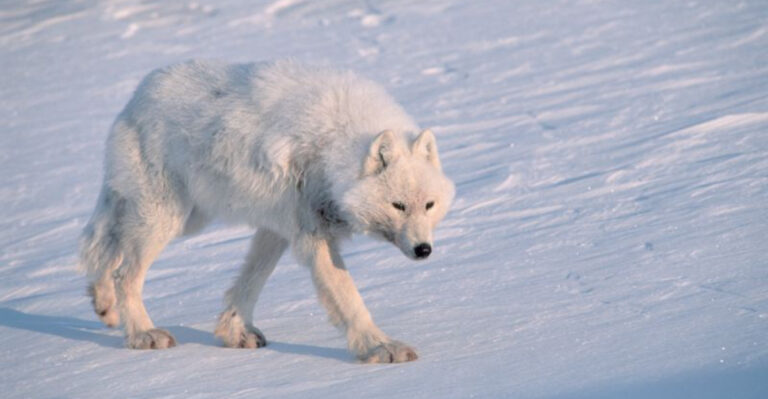How To Help Bees And Pollinators In 15 Easy Ways
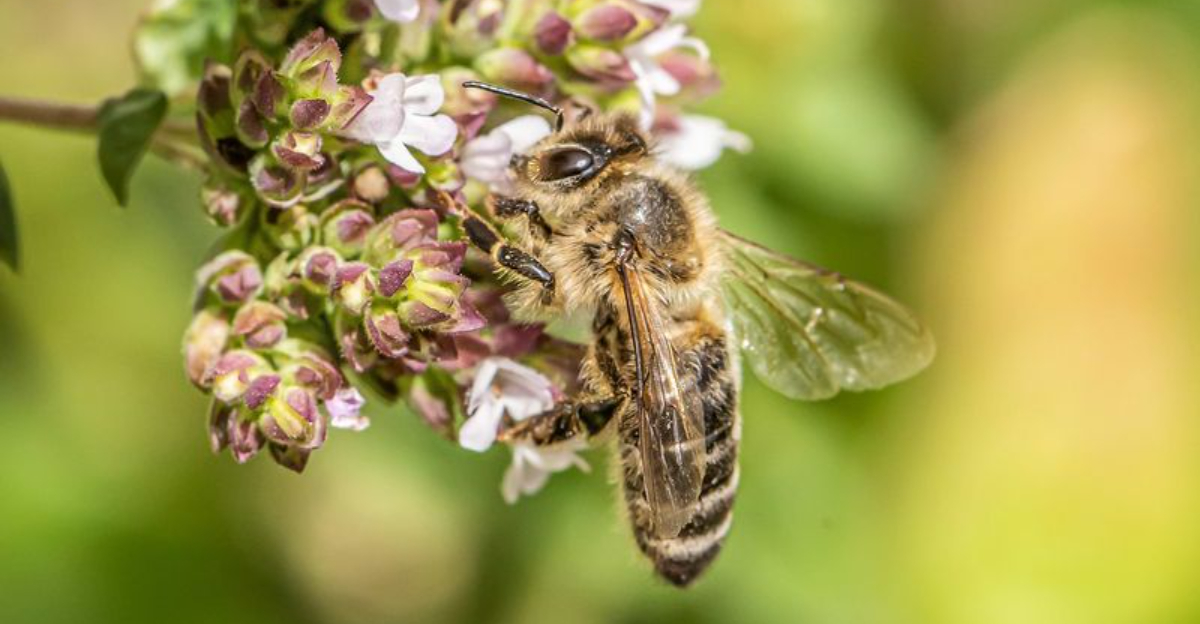
Bees and other pollinators quietly power our food system by transferring pollen between flowers, enabling plants to produce fruits and seeds.
Sadly, these tiny heroes face threats from habitat loss, pesticides, and climate change. The good news? Anyone can take simple steps to help these essential creatures thrive in their own backyard or community.
1. Plant Pollinator-Friendly Flowers
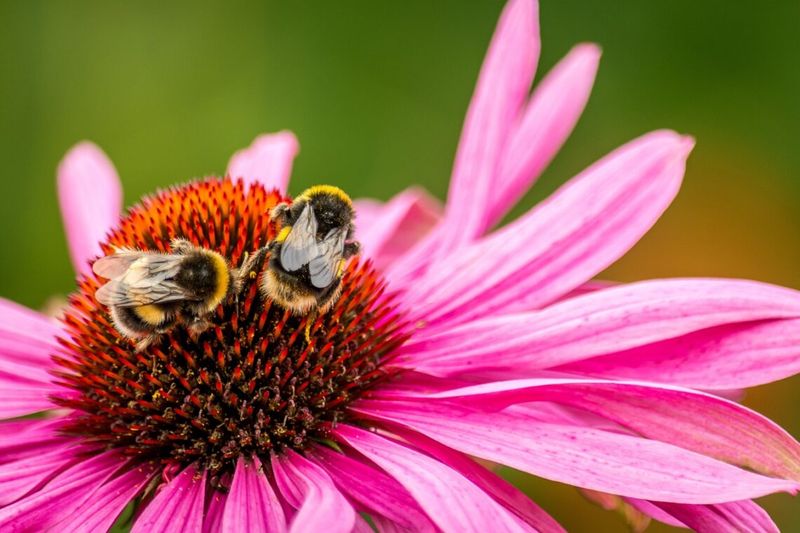
Flowers aren’t just pretty—they’re buffet tables for hungry pollinators! Native wildflowers like coneflowers, bee balm, and black-eyed Susans provide nutritious nectar and pollen.
Choose varieties that bloom at different times to ensure food throughout the growing season. Even a small pot of flowers on a balcony can become a welcome rest stop for tired bees searching for energy.
2. Skip The Chemicals
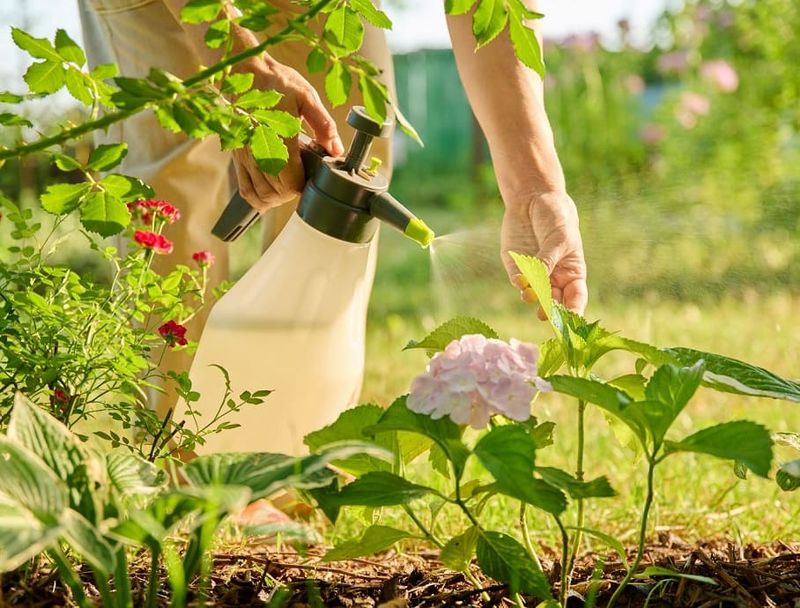
Many garden pesticides are like kryptonite to bees. Even products labeled “organic” can harm these sensitive creatures if used incorrectly.
Try natural alternatives like companion planting with pest-repelling herbs or introducing beneficial insects that eat garden pests. Your soil will stay healthier too, creating a better environment for everything growing in your garden.
3. Create A Bee Bath
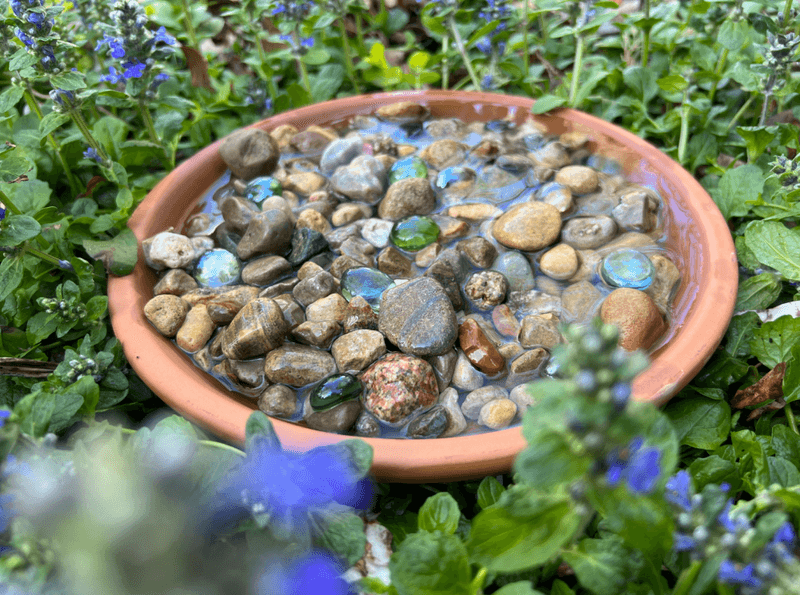
Buzzing around collecting pollen is thirsty work! Fill a shallow dish with water and add pebbles or marbles that stick up above the water line.
These give bees safe landing spots to drink without drowning. Place your bee bath in a shady spot near flowering plants and remember to refill it regularly, especially during hot summer days when water sources are scarce.
4. Build A Bee Hotel

Not all bees live in hives! Mason bees and leafcutter bees need hollow stems or tubes to lay their eggs.
Bundle together bamboo sticks, hollow reeds, or drill holes in untreated wood blocks to create perfect homes for solitary bees. Mount your bee hotel in a sunny spot facing south or southeast, about 3-6 feet off the ground for maximum occupancy.
5. Leave Bare Patches Of Soil

Ground-nesting bees might be living right under your feet! About 70% of native bee species dig tunnels in soil to raise their young.
Leave some patches of bare, undisturbed soil in sunny spots of your yard. Avoid mulching every inch of your garden beds, and these underground parents will thank you by pollinating more of your plants.
6. Mow Less Often
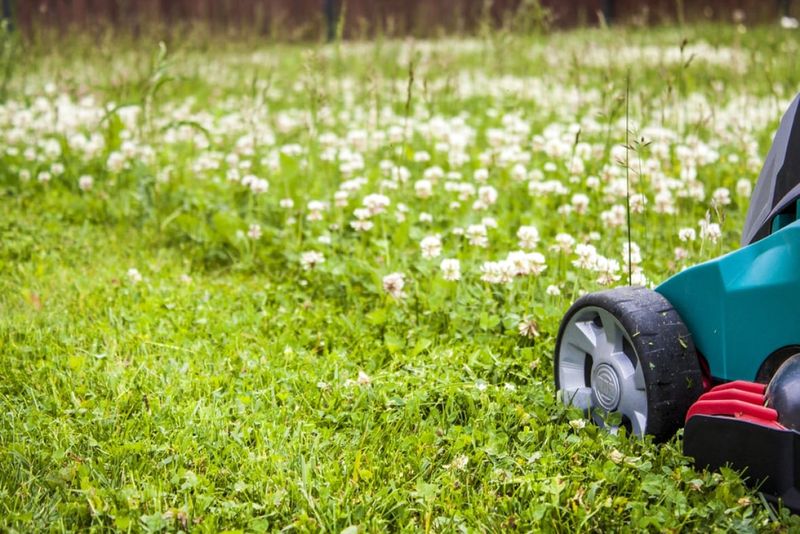
Lazy lawn care is actually bee-friendly! Dandelions, clover, and other “weeds” are valuable food sources for hungry pollinators.
Try raising your mower height to 3-4 inches and cutting less frequently. Consider designating a section of your yard as a no-mow zone where wildflowers can bloom freely. Your back will appreciate the break, and the bees will buzz with gratitude.
7. Grow Herbs For Pollinators
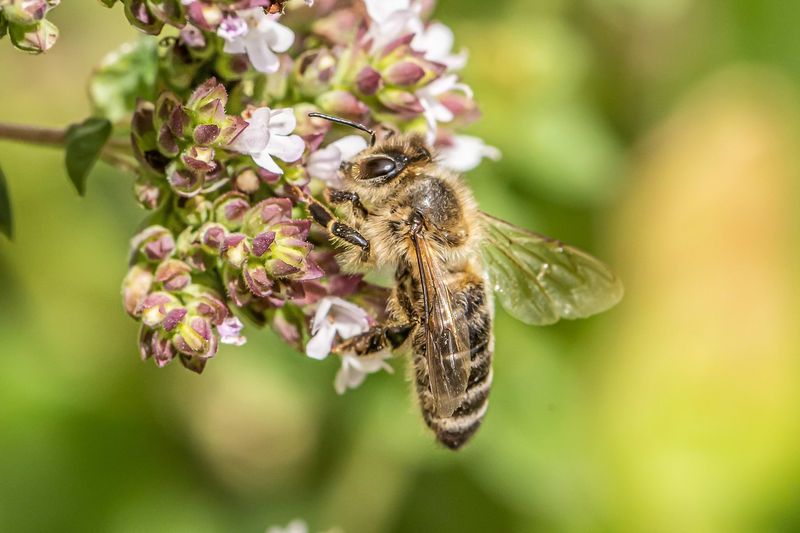
Fresh herbs for your kitchen double as pollinator paradise! Mint, oregano, thyme, and rosemary produce tiny flowers packed with nectar that bees adore.
Allow some herbs to flower instead of trimming them all for cooking. The aromatic blossoms attract diverse pollinators while providing you with fresh seasonings just steps from your door—a win-win for everyone!
8. Support Local Beekeepers
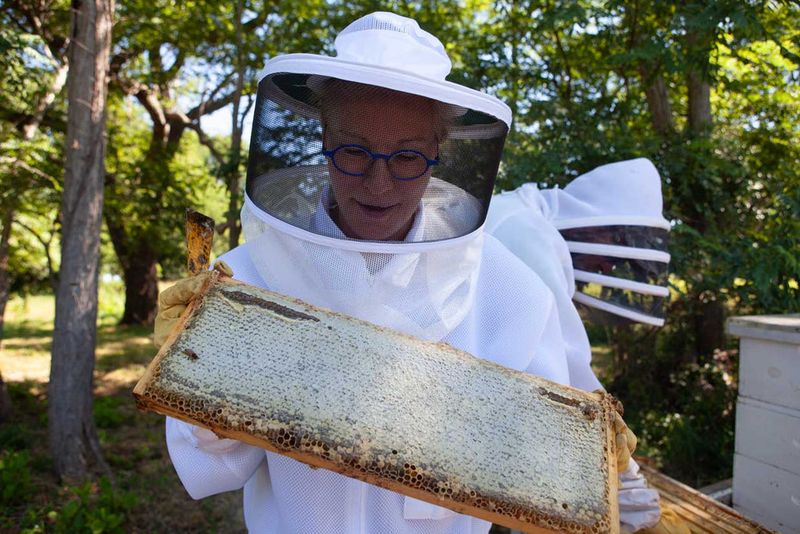
Buying local honey helps beekeepers continue their important work caring for honeybee colonies. Visit farmers markets to meet the people tending these crucial pollinators.
Beyond honey, look for beeswax candles, soaps, and other products. Many beekeepers also sell bee-friendly plant starts or offer workshops where you can learn more about these fascinating insects and their care.
9. Provide Nesting Materials

Leafcutter bees snip circular pieces from leaves to build their nests. Bumblebees use abandoned mouse holes or tufts of undisturbed grass.
Leave small piles of twigs, dried grass, and fallen leaves in quiet corners of your yard. Avoid clearing every bit of “mess” from your garden, as one person’s yard waste is another bee’s building supplies!
10. Choose Single Flowers Over Doubles

Those fancy double-petaled flowers look impressive but often lack accessible nectar and pollen. Bees struggle to reach the center of these blooms, making them essentially food deserts.
Opt for simple, single-petaled varieties that clearly show their pollen-rich centers. Old-fashioned varieties and native plants typically offer more accessible nutrition than highly modified ornamental blooms.
11. Create Windbreaks For Pollinators
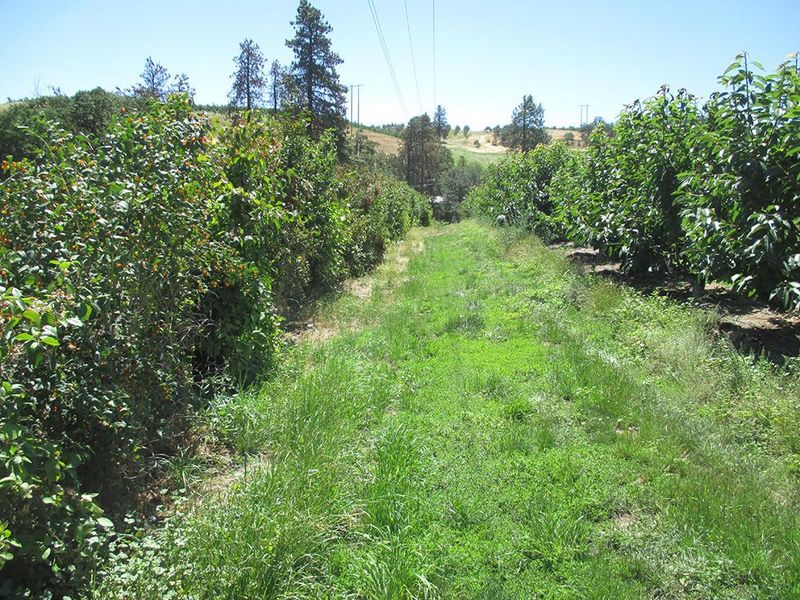
Bees are tiny flyers who struggle in strong winds. Hedgerows, fences, or tall plants can create sheltered corridors for safer travel between flowers.
Plant flowering shrubs in groups to form natural windbreaks that double as food sources. This protection helps pollinators conserve energy and forage more efficiently, especially important in open or exposed gardens.
12. Spread The Word About Pollinators
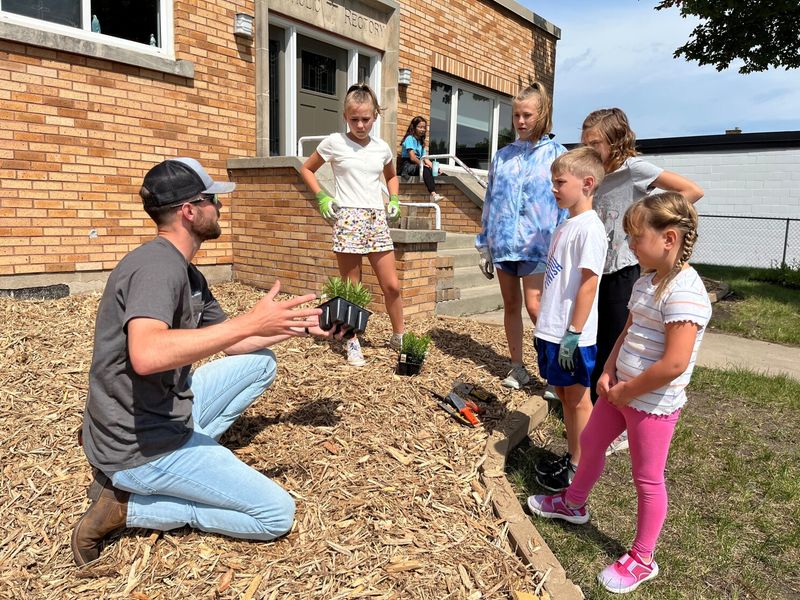
Excitement about bees is contagious! Share pollinator-friendly tips with neighbors, family, and friends. Consider putting up a small “pollinator habitat” sign in your yard to spark conversations.
Social media posts about your bee-friendly activities can inspire others. Community-wide efforts create connected habitats that benefit pollinators much more than isolated gardens.
13. Provide Shelter From Rain
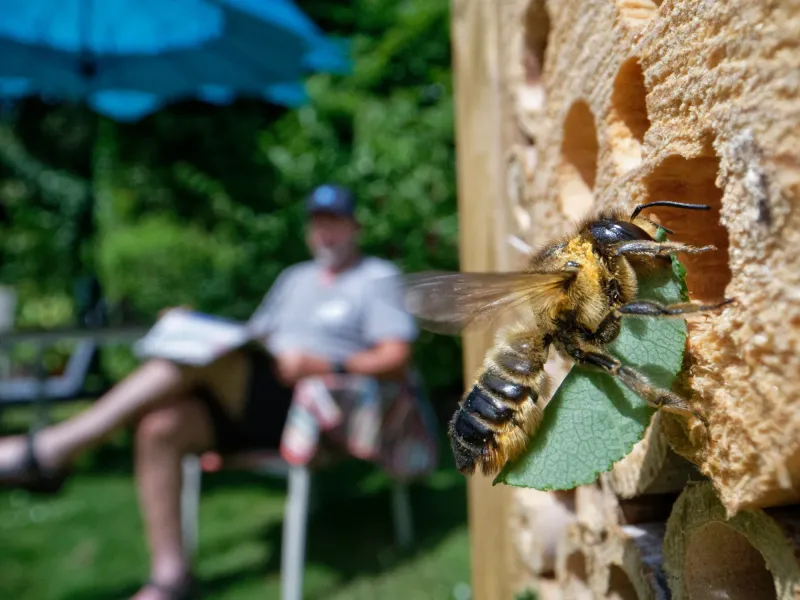
Sudden downpours can be dangerous for bees caught in the open. Large-leaved plants like hostas, sunflowers, and squash create natural umbrellas where pollinators can wait out wet weather.
Hollow stems and bee hotels also serve as rain shelters. Including these features throughout your garden gives pollinators quick escape routes when storms roll in unexpectedly.
14. Avoid Fall Garden Cleanup

Many native bees overwinter in hollow stems, leaf litter, or soil. Aggressive fall cleanup destroys these winter homes along with next year’s pollinators.
Leave plant stems standing until spring, especially those with hollow or pithy centers. If neatness matters to you, focus cleanup efforts on visible front areas while leaving backyard spaces more natural until winter has passed.
15. Join Citizen Science Projects
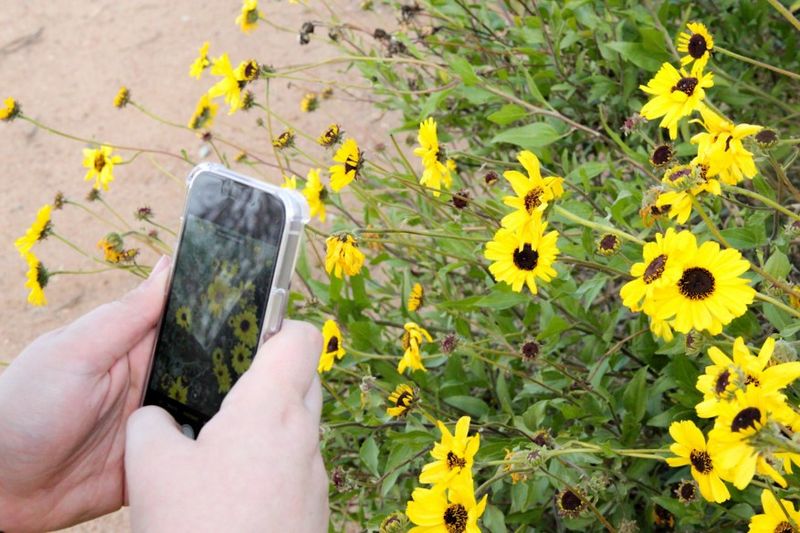
Become a bee detective in your own backyard! Numerous projects need volunteers to count and identify pollinators in their local areas.
Apps like iNaturalist or Bumble Bee Watch make contributing your observations easy and fun. The data helps scientists track pollinator populations and develop better conservation strategies. No experience necessary—just curiosity and a smartphone!


